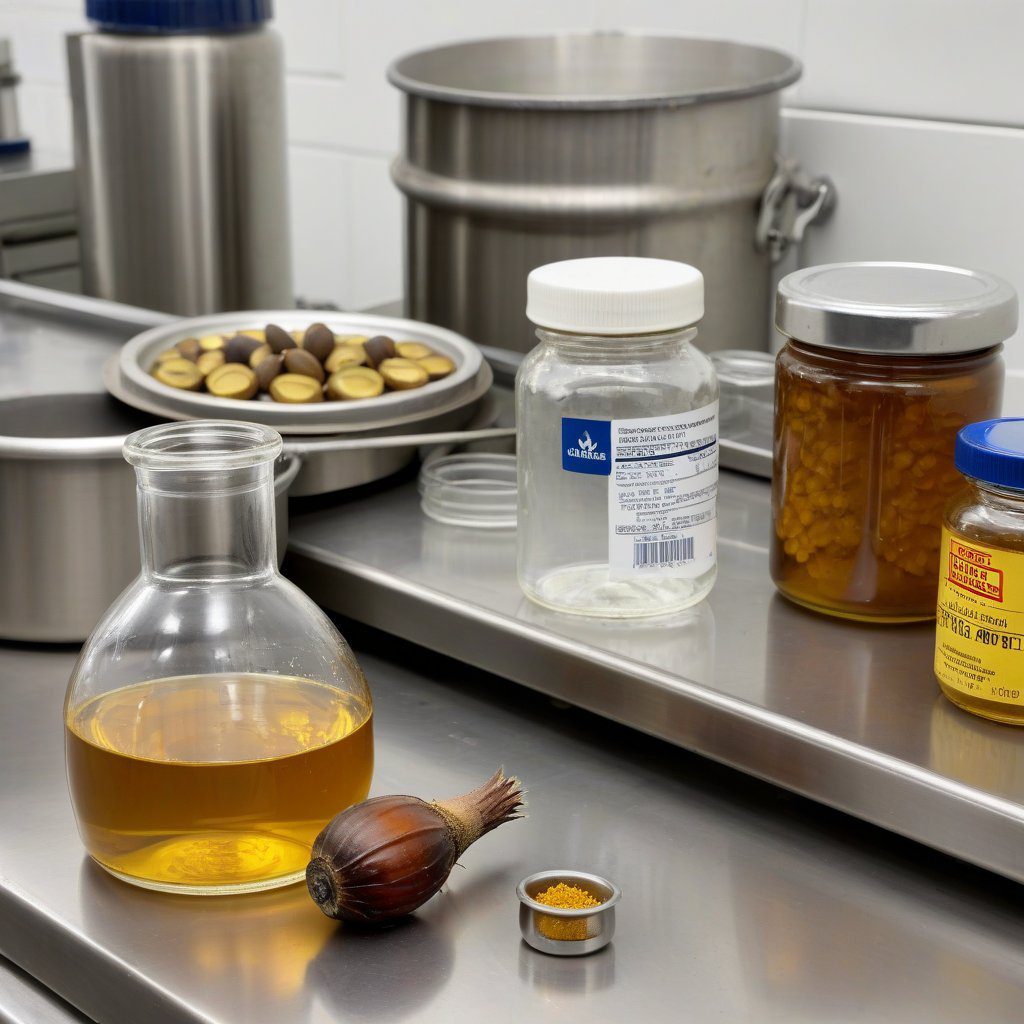Understanding Sodium Laureth Sulfate Pricing Strategy
Sodium Laureth Sulfate (SLES) is a widely utilized surfactant in the chemical industry, particularly noted for its effectiveness in personal care and cleaning products. Pricing strategies for SLES fluctuate based on various factors, including raw material costs, demand, and market competition. By analyzing these elements, companies can establish competitive pricing that reflects both quality and affordability, thereby appealing to a broader customer base interested in Sodium Laureth Sulfate.
Factors Influencing SLES Pricing
The pricing of Sodium Laureth Sulfate is influenced by several critical factors. Firstly, the cost of raw materials, such as lauryl alcohol and sulfuric acid, plays a significant role. Fluctuations in the prices of these inputs can directly affect the overall production expenses for manufacturers. Secondly, global demand for SLES in various applications, including cosmetics and household cleaners, can drive prices up or down depending on market dynamics and consumer trends.
Production Quality Standards
Quality assurance is paramount in the production of Sodium Laureth Sulfate, especially for suppliers like DIPLOMATA. The company adheres to stringent quality standards to ensure that both grades of SLES—27% and 70%—meet the needs of diverse industries. High-quality production not only ensures compliance with industry regulations but also enhances customer trust, which is crucial for repeat business and long-term partnerships in the U.S. market.
Market Demand in the U.S.
The U.S. market for Sodium Laureth Sulfate exhibits consistent demand, driven by its extensive use in personal care and cleaning products. Understanding this demand helps DIPLOMATA to tailor its pricing strategy effectively. By offering two distinct grades, the company can cater to different customer needs, ensuring that pricing aligns with the specific applications and quality expectations of the U.S. market.
Competitive Analysis
Conducting a thorough competitive analysis is essential when formulating a pricing strategy for Sodium Laureth Sulfate. DIPLOMATA continuously monitors competitors in the U.S. to identify pricing trends and positioning strategies. This allows the company to adjust its own pricing dynamically, ensuring that it remains competitive while still emphasizing the superior quality and reliability of its SLES products.
Distribution Channels
Efficient distribution channels are critical to the success of Sodium Laureth Sulfate pricing strategies. DIPLOMATA has established a robust network to facilitate the distribution of its products across the United States. This nationwide reach helps to ensure that customers have timely access to SLES at competitive prices, further solidifying the company’s position as a leading supplier in the market.
Long-term Contracts and Pricing Stability
Long-term contracts with key clients can provide pricing stability for Sodium Laureth Sulfate. By offering fixed pricing over extended periods, DIPLOMATA can foster strong relationships with customers while ensuring predictable revenue streams. This strategy not only benefits customers by providing them with cost certainty but also helps DIPLOMATA in managing its production and supply chain more effectively.
Value Proposition for Customers
The value proposition associated with DIPLOMATA’s Sodium Laureth Sulfate offerings is a crucial component of the pricing strategy. By emphasizing the high quality and reliability of both grades of SLES, the company can justify its pricing structure. Customers are more likely to invest in products that they perceive as delivering superior performance, which reinforces the importance of quality in the pricing strategy.
Future Pricing Trends
Looking ahead, the pricing strategy for Sodium Laureth Sulfate is likely to evolve based on emerging market trends. Factors such as sustainability and eco-friendly formulations are becoming increasingly pertinent in the chemical industry. DIPLOMATA is poised to adapt its pricing strategy accordingly, ensuring that it remains aligned with the changing preferences of consumers and regulatory landscapes in the U.S. market.


